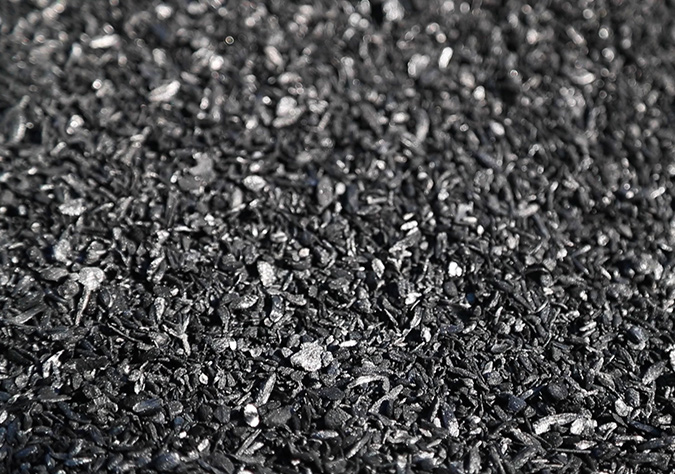Biochar in Agriculture
Increases in soil fertility are attributable to biochar’s unique properties of adsorption and stability. Compared to other organic soil amendments, biochar is much more effective at retaining nutrients and making them available to plants. Biochar maintains a porous structure, which attracts beneficial microbes, holds onto nutrients, retains moisture – qualities that increase fertilizer efficiency and enhance crop yield, while reducing the need to irrigate. And history confirms biochar is much more stable in the environment than any other form of organic matter. By storing organic carbon, biochar provides for an exceptionally long life – thousands of years in fact.


